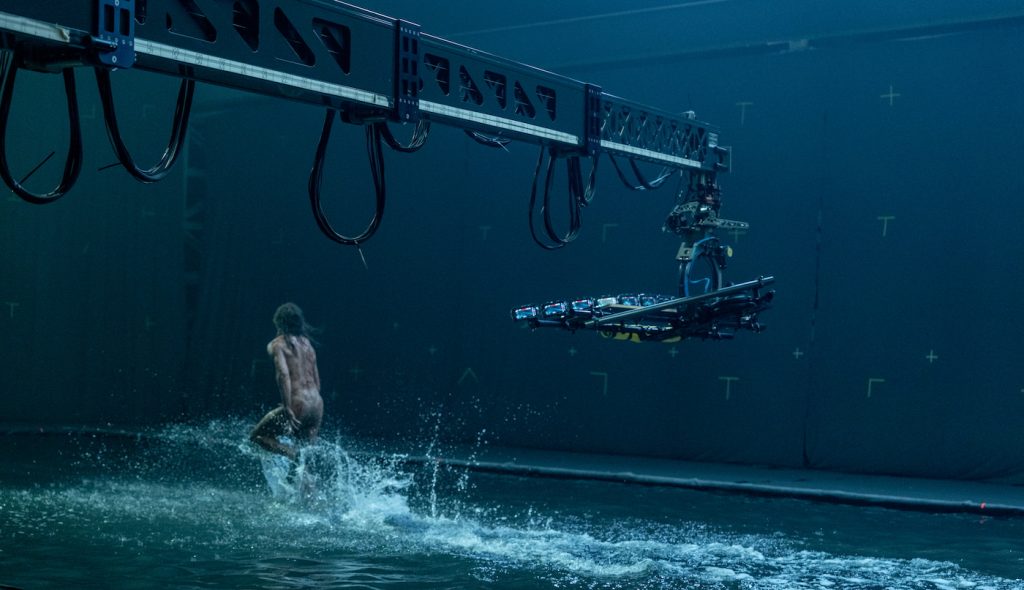“28 Years Later” Proves Some Franchises Are Worth the Wait
When we spoke with Oscar-winning Slumdog Millionaire cinematographer Anthony Dod Mantle about lensing director Danny Boyle’s 28 Years Later, he was clear that the ethos behind continuing the chilling saga that first began with Boyle’s grimy, gruesome, brilliant 28 Days Later in 2002 was that the new film would function just as well on its own. “28 Years Later is not a sequel, it’s a standalone film that reveres something that has gone before but takes it further and onward and upward, with Alex Garland as the writer,” Mantle told us. “Therein lies the dichotomy of revisiting a phenomenon that you want to make better.”
The man was telling the truth. 28 Years Later is being hailed as a cinematic thunderclap that could easily stand on its own as one of the best films of the year. “Expectations were already high for 28 Years Later… and the film shatters them,” writes MovieWeb‘s Julian Roman. Roman calls the film a “raw and unflinching exploration of a post-apocalyptic world decimated by the Rage Virus. 28 Years Later rivets with jarring imagery, disturbing sound, brilliant editing, and a gut-wrenching sense of loss, all paired with a truly surprising narrative — nothing you’ve seen from the trailers reveals the actual plot.”
28 Years Later stars Jodie Comer as Isla, Aaron Taylor-Johnson as Jamie, and Alfie Williams as their 12-year-old son, Spike, who live on the island village of Lindisfarne. The “Rage Virus” has decimated mainland England, which is connected to Lindisfarne by a heavily fortified tidal causeway. Jamie takes Spike on a rite of passage to hunt on the mainland, where things go very, very badly. Boyle and Mantle decided to shoot the film on the same extreme wide-screen format used back in 1959 for the sword-and-sandals epic Ben-Hur—they also shot a huge chunk of the film on iPhones. The script, by Alex Garland, has not only evolved the concepts underpinning the rage virus, but also centers on a tender coming-of-age story that just happens to be set in the middle of a bloody nightmare. The result is a film that’s unexpectedly moving.


The critics say that the effort to create something singular has paid off, as 28 Years Later ups the ante on Boyle and Garland’s original by infusing the film with heart, and taking major chances on what kind of story they could tell.
“Danny Boyle’s best film is 2002’s edgy, grimy, frenzied zombie shocker 28 Days Later… Or it was, because 28 Years Later – wilder, weirder, darker, bloodier – is even better,” writes the London Evening Standard‘s Nick Howells.
“28 Years Later easily cements itself as one of the greatest legacy sequels ever made,” writes Discussing Film’s Bill Bria.
“Typically, we look to adrenaline-fueled entertainment for catharsis. Boyle’s thrilling reboot offers enlightenment as well,” writes Variety‘s Peter Debruge.
But fear not, horror fans—28 Years Later is still very much here to freak you out, too.

“Boyle and Garland push the gore and violence further, leading to fascinating developments,” writes Bloody Disgusting’s Meagan Navarro. “This riveting blend of horror and heart reminds that death, horror’s favorite equalizer, can be as beautiful as it can be cruel.”
“What Boyle does with this story, Garland’s setting being in the Scottish Highlands, is make the landscape so captivating that when the darker parts seep in, you’re shocked by what you’re watching,” writes The Mary Sue‘s Rachel Leishman.
Shocked, but also moved. Plenty of critics were surprised by how much emotion and heart Boyle and Garland threaded through the film.
28 Years Later eschews the raw terror of the original in favor of a tense but tender — and unexpectedly moving — story about the weight of death in a world gone mad. *very* strange. very good. can’t wait to see the next part.
my review: https://t.co/LZIfIfl6p9 pic.twitter.com/zmlEi84JyG
— david ehrlich (@davidehrlich) June 18, 2025
28 Years Later eschews the raw terror of the original in favor of a tense but tender — and unexpectedly moving — story about the weight of death in a world gone mad. *very* strange. very good. can’t wait to see the next part.
my review: https://t.co/LZIfIfl6p9 pic.twitter.com/zmlEi84JyG
— david ehrlich (@davidehrlich) June 18, 2025
#28YearsLater is an absolutely beautiful coming-of-rage horror. Performances are superb across the board, especially the phenomenal Alfie Williams. The sound design is remarkable. What an ingenious way to execute a sequel. I cried quite a bit. 💀 ❤️ pic.twitter.com/8ZbPDZyueF
— Matt Rodgers (@MainstreamMatt) June 18, 2025
#28YearsLater is an absolutely beautiful coming-of-rage horror. Performances are superb across the board, especially the phenomenal Alfie Williams. The sound design is remarkable. What an ingenious way to execute a sequel. I cried quite a bit. 💀 ❤️ pic.twitter.com/8ZbPDZyueF
— Matt Rodgers (@MainstreamMatt) June 18, 2025
Tempted yet? You should be. 28 Years Later is in theaters now.
Featured image: Jamie (Aaron Taylor-Johnson) and his son Spike (Alfie Williams) in Columbia Pictures’ 28 YEARS LATER.



